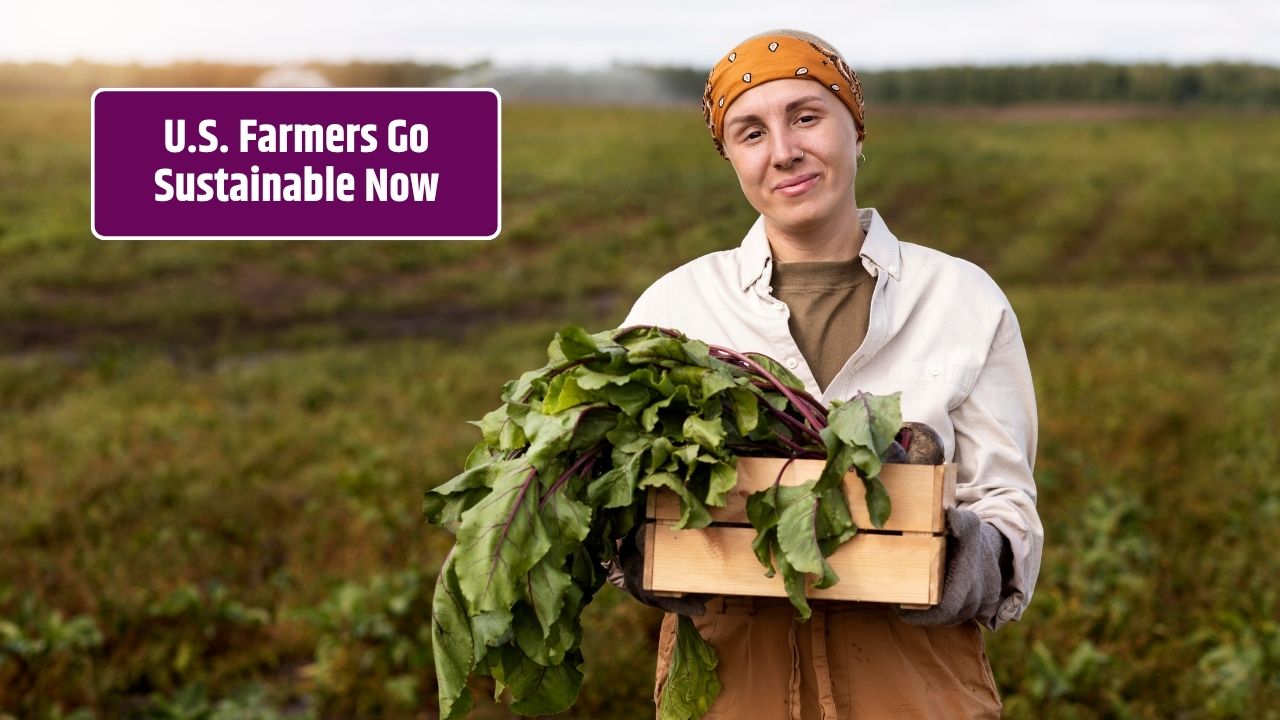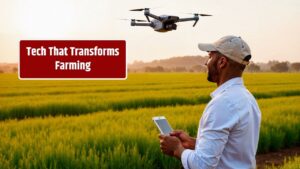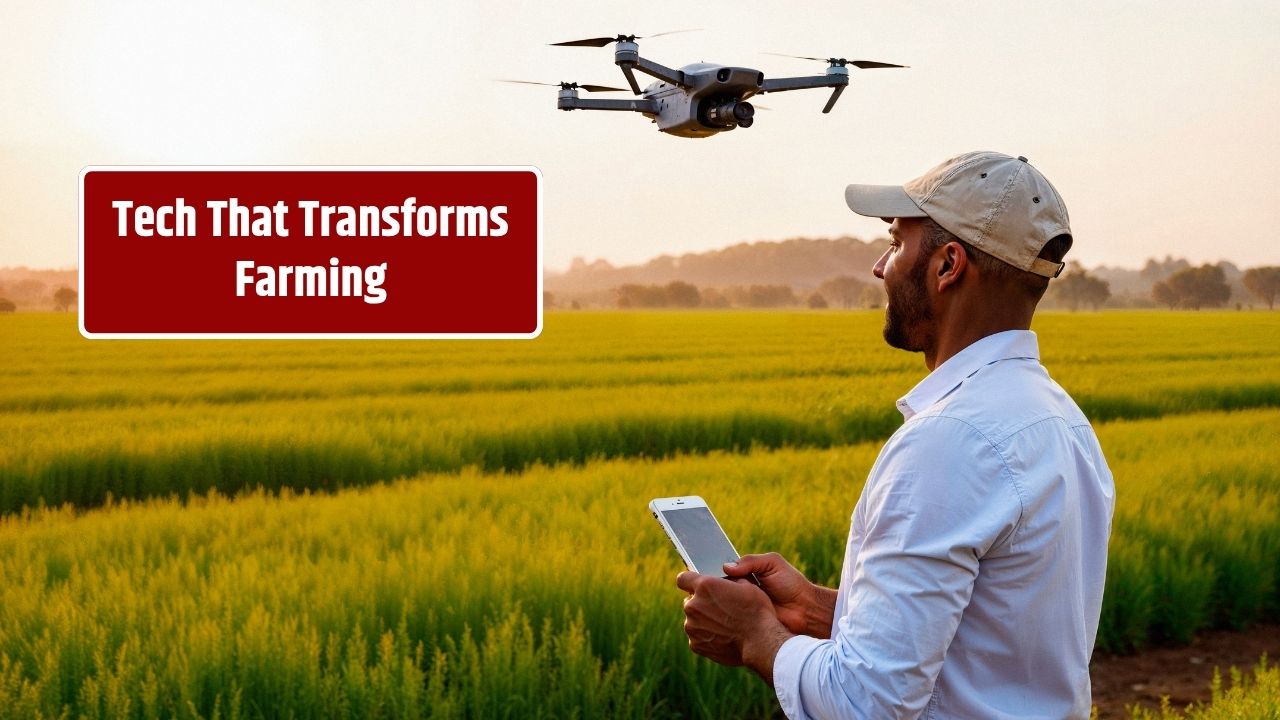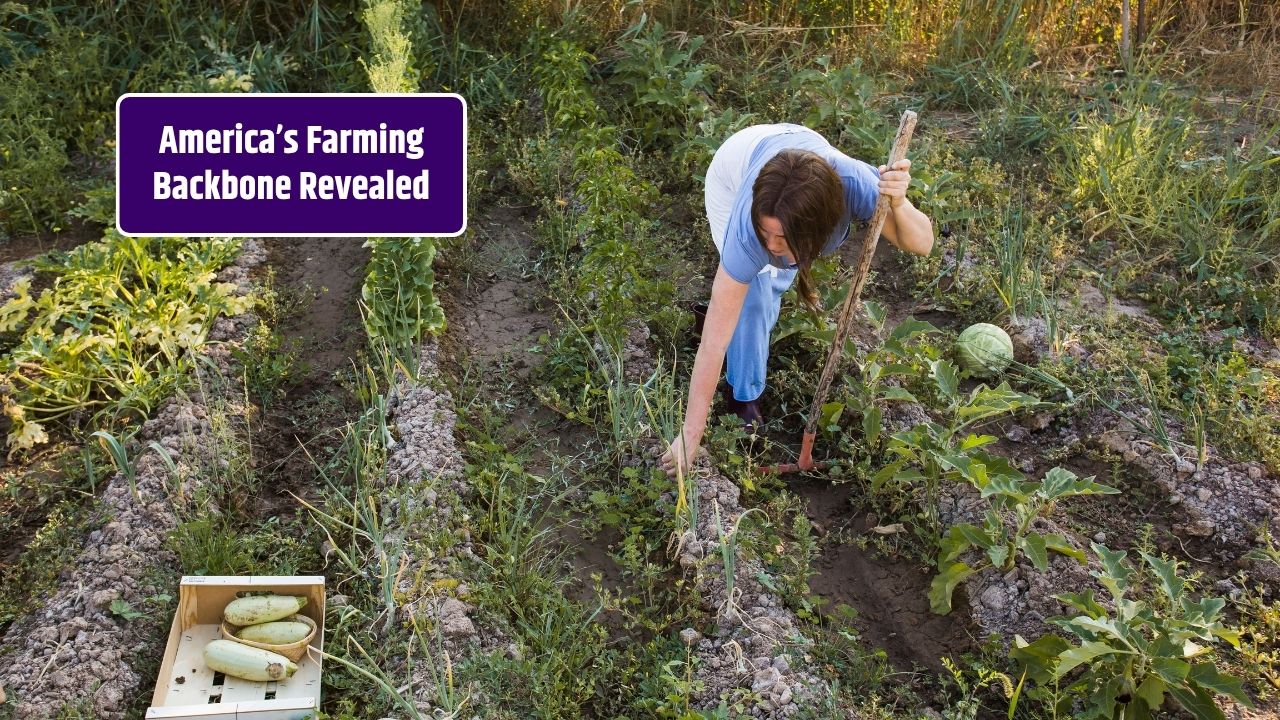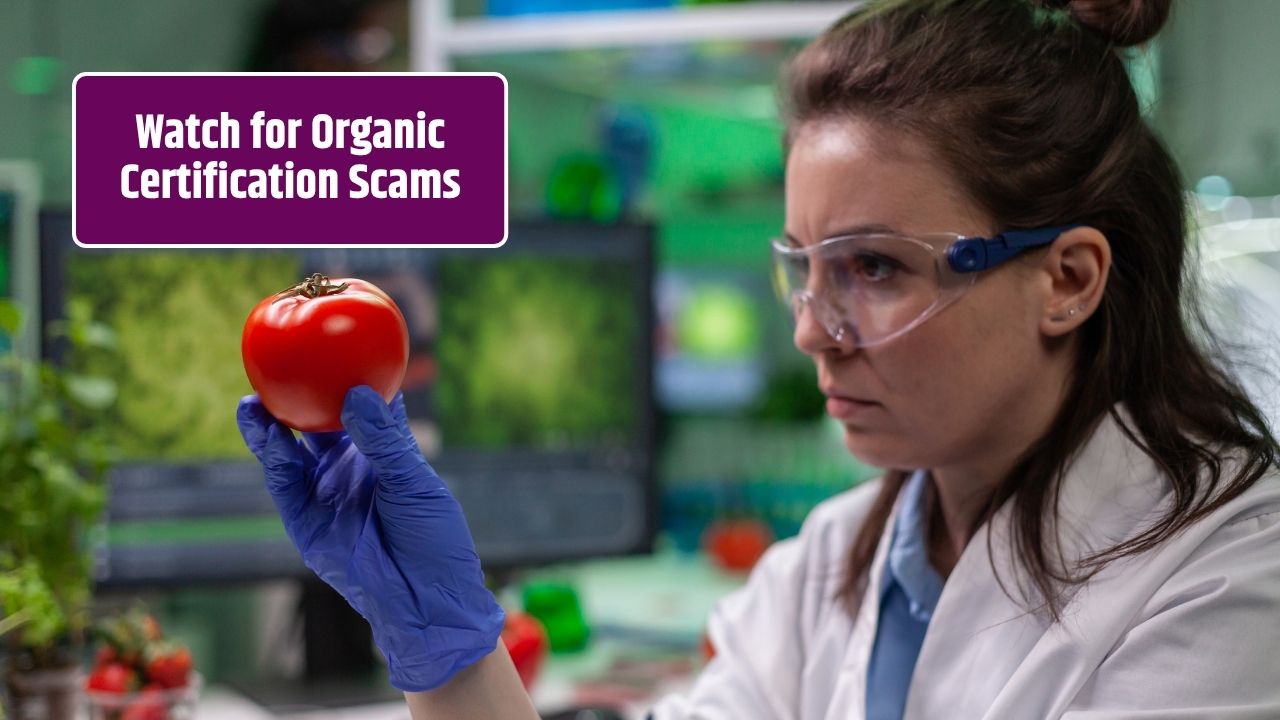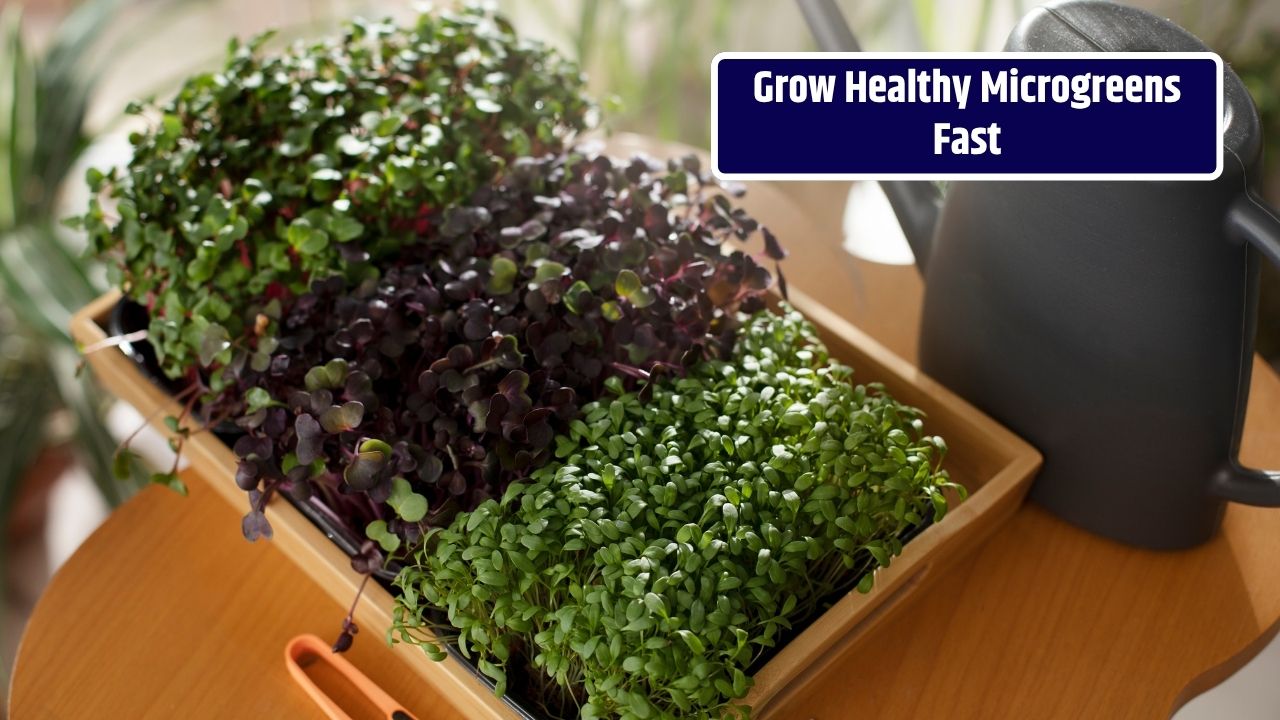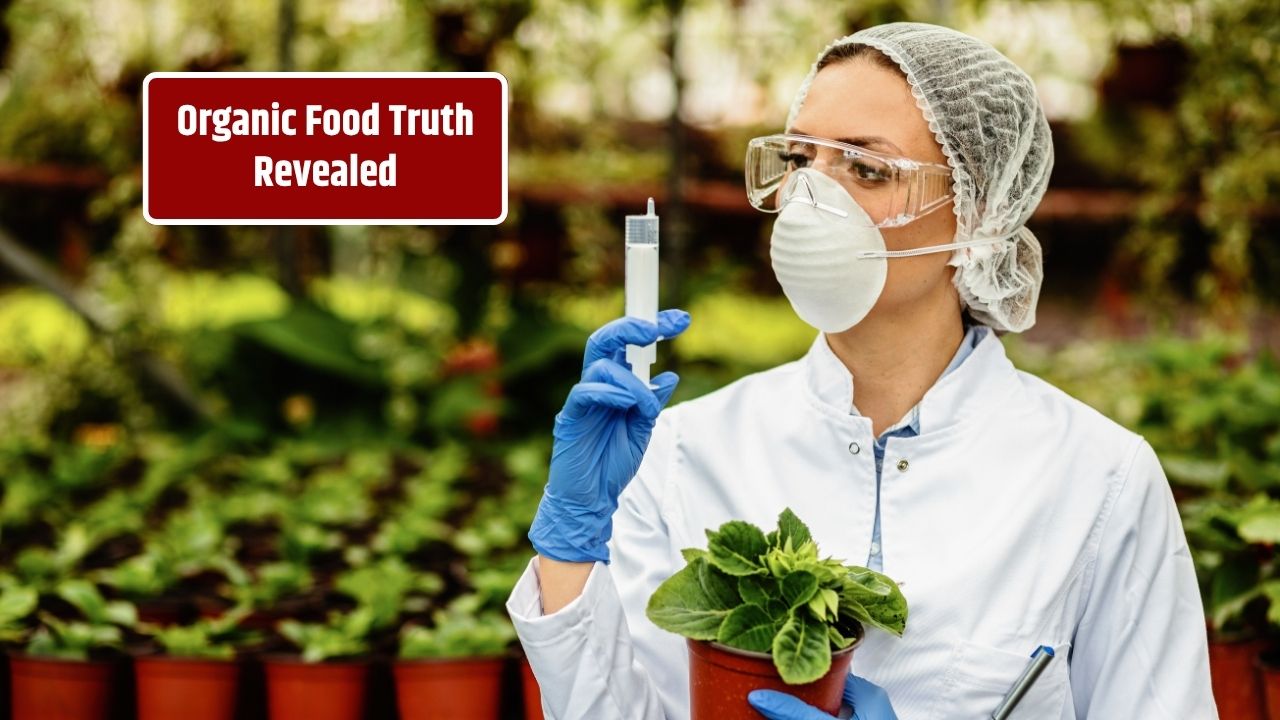Sustainable agriculture is no longer just a buzzword—it’s a growing movement across the United States. As climate challenges intensify, soil degradation worsens, and consumer preferences shift toward transparency and environmental responsibility, more American farmers are making the switch to sustainable practices.
But what’s driving this change? And why now?
Let’s explore the key reasons behind this shift and what sustainable agriculture really means for the future of U.S. farming.
Table of Contents
What Is Sustainable Agriculture?
Sustainable agriculture refers to farming practices that are environmentally sound, economically viable, and socially responsible. It balances short-term productivity with long-term preservation of natural resources like soil, water, and biodiversity.
Key principles include:
- Soil health management (cover crops, no-till, composting)
- Efficient water use (drip irrigation, rainwater harvesting)
- Reduced chemical dependency
- Crop diversification and rotation
- Support for local ecosystems and pollinators
The goal? To produce food and fiber while protecting the land for future generations.
Why U.S. Farmers Are Making the Switch
1. Climate Change Is Forcing Adaptation
Extreme weather events—droughts, floods, wildfires—are becoming more common across the U.S. Sustainable farming methods, like cover cropping and no-till, help farmers:
- Conserve soil moisture
- Reduce erosion
- Improve climate resilience
By building healthier soils, farmers create natural buffers against unpredictable conditions.
2. Soil Health Is Declining—Fast
Decades of conventional farming have left many American soils depleted and compacted. The USDA estimates that the U.S. loses over 1 billion tons of topsoil each year.
Sustainable practices rebuild soil organic matter, improve fertility, and support beneficial microbes—resulting in stronger yields over time without synthetic inputs.
3. Consumer Demand for Sustainable Products
More Americans want to know where their food comes from—and how it’s grown. Surveys show that:
- 68% of U.S. consumers prefer food produced with environmentally friendly methods
- Organic and sustainably labeled food sales continue to rise year after year
Farmers who adapt can tap into premium markets, direct-to-consumer sales, and local food movements.
4. Economic Resilience and Cost Savings
Sustainable agriculture reduces long-term dependency on expensive chemical inputs and fossil fuels. Practices like composting, crop rotation, and cover cropping:
- Lower fertilizer and pesticide costs
- Reduce machinery usage
- Improve long-term yield stability
Some farmers also receive subsidies or tax credits for adopting conservation practices.
5. Government and Institutional Support
Policies are catching up. The 2025 U.S. Farm Bill expanded funding for:
- Climate-smart agriculture
- Organic certification
- Conservation stewardship programs
- Technical training for sustainable methods
Additionally, state-level initiatives and nonprofit organizations are supporting farmers during the transition.
Common Sustainable Farming Practices in the U.S.
| Practice | Purpose |
|---|---|
| Cover cropping | Protects soil, adds nutrients |
| Crop rotation | Breaks pest cycles, improves fertility |
| No-till or reduced tillage | Minimizes erosion, builds soil structure |
| Integrated pest management | Reduces chemical use via natural controls |
| Agroforestry | Enhances biodiversity, sequesters carbon |
| Composting | Recycles nutrients back into the soil |
| Rotational grazing | Improves pasture health and animal welfare |
Results Farmers Are Seeing
Farmers across the country are reporting measurable benefits after switching to sustainable methods:
- Higher profit margins due to lower input costs
- Improved soil fertility and water retention
- Healthier crops with better resistance to pests and diseases
- More stable yields during extreme weather events
For example, Midwest corn growers using cover crops and no-till practices have seen up to 20% yield improvements during dry seasons compared to conventional fields.
The Road Ahead
While challenges like cost, education, and transition time remain, the shift toward sustainable agriculture is gaining momentum. As younger generations enter farming and more landowners consider long-term stewardship, the U.S. is seeing a quiet revolution in how food is grown.
For many farmers, sustainability isn’t just a trend—it’s a necessity for survival and success in a changing world.
FAQs
Is sustainable farming the same as organic?
Not exactly. All organic farms are sustainable, but not all sustainable farms are certified organic. Sustainability includes broader environmental and economic goals.
Does sustainable farming mean lower yields?
Not necessarily. While initial yields may dip during the transition, sustainable systems often achieve stable or higher yields long term—especially under climate stress.
How long does it take to transition to sustainable farming?
It varies. Some changes, like reducing tillage or planting cover crops, can be implemented in a season. Full system transformation may take 2–5 years.

